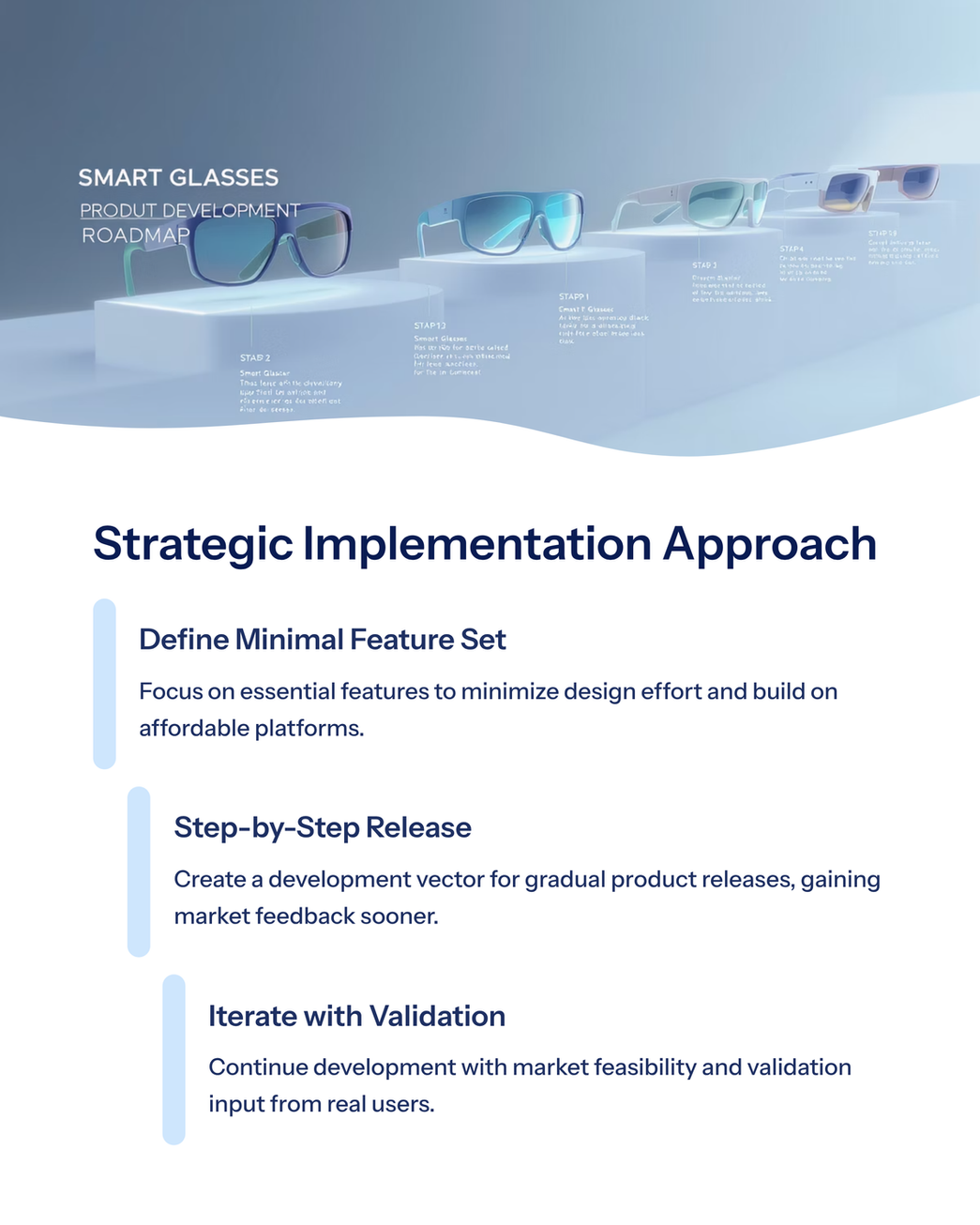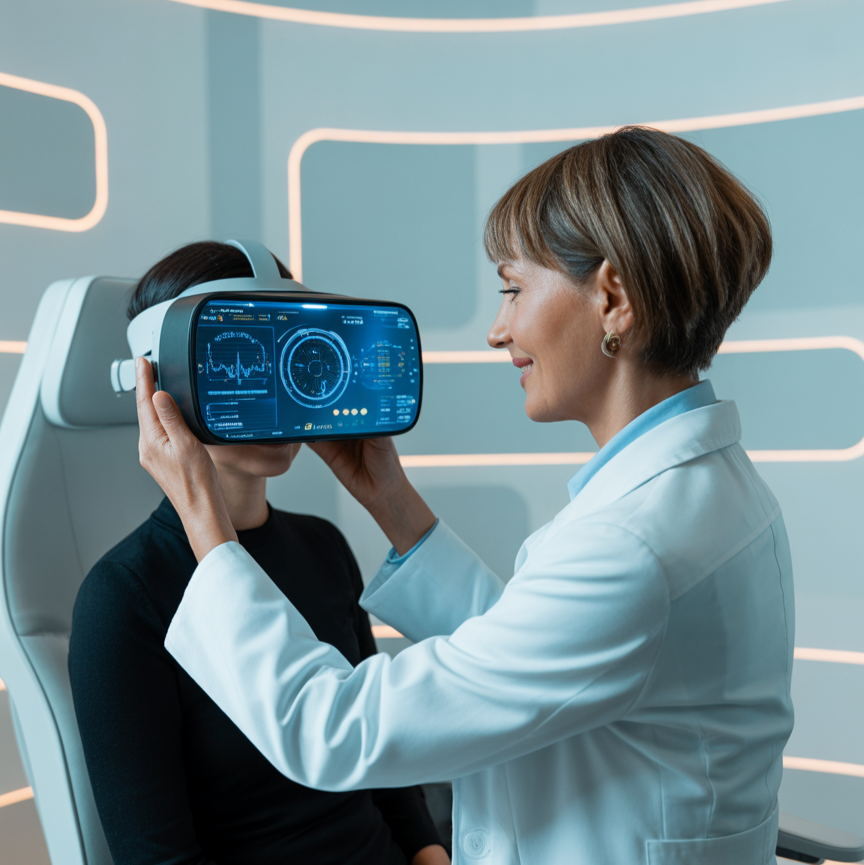Indoor Navigation using XR
- Olga Resnik
- Aug 5
- 2 min read
Think about navigating inside spaces like malls, office buildings, airports, museums, or exhibition centers.
The application fields for such a use case can span from consumer space, including entertainment, tourism and education to highly professional industrial fields, where technicians can navigate fast and efficient to a place of repair inside a production plant. These are just a few examples of the applications for this generic use case.
What features does an XR system need to make indoor navigation using XR work effectively?
See the detailed analysis of this common use-case that can fit many application fields starting from common consumers to industrial and professional uses.
Use Case#1: Indoor Navigation using XR
🟩 Key Features
System Output (Feature#12): Providing the navigation information via audio is the baseline requirement feature.
User Location Tracking Trade-off.
There are two primary approaches to tracking user location: using video image analysis and AI, i.e. Smart Vision (Feature#7);
or full spatial tracking for complete orientation indoors - 6DoF (Feature#10).
One of these features is needed to fill the location functionality.
🟨 Trade-Offs & Optional Enhancements
Let’s explore the trade-offs involved in choosing features for this use case:
Display (Feature#1): Navigation instructions can be provided visually via display as a trade-off vs audio option only. This can also be a possible future product enhancement feature.
MR (Feature#4): Video pass-through is an optional system architecture for display feature.
AR Overlay (Feature#5): Display augmentation on real world objects provides enhanced user experience, can be treated as future development vector.
User Input (Feature#11): Interaction with the user can significantly enhance the user experience, thus not essential in the basic operation.
These enhancements are valuable but can be considered nice-to-have rather than must-have features, depending on the specific goals and budget of the project.
How can we help you with XR Design?
At JOYA Team, we help companies define the focused minimal feature set that can help you minimize the design effort, or build your application based on most affordable best-fit platform.
This approach also can help creating a future development vector for the step-by-step product release and gaining valuable market feedback sooner, continuing the next iteration with the market feasibility and validation input.
We can design the tailored XR product based on your specific use-case and application using our experience in the AR Design field.
We also help companies explore and analyze potentially interesting use cases as a base to develop their applications and solutions.
Contact us to learn more and develop your XR application together.
















Comments